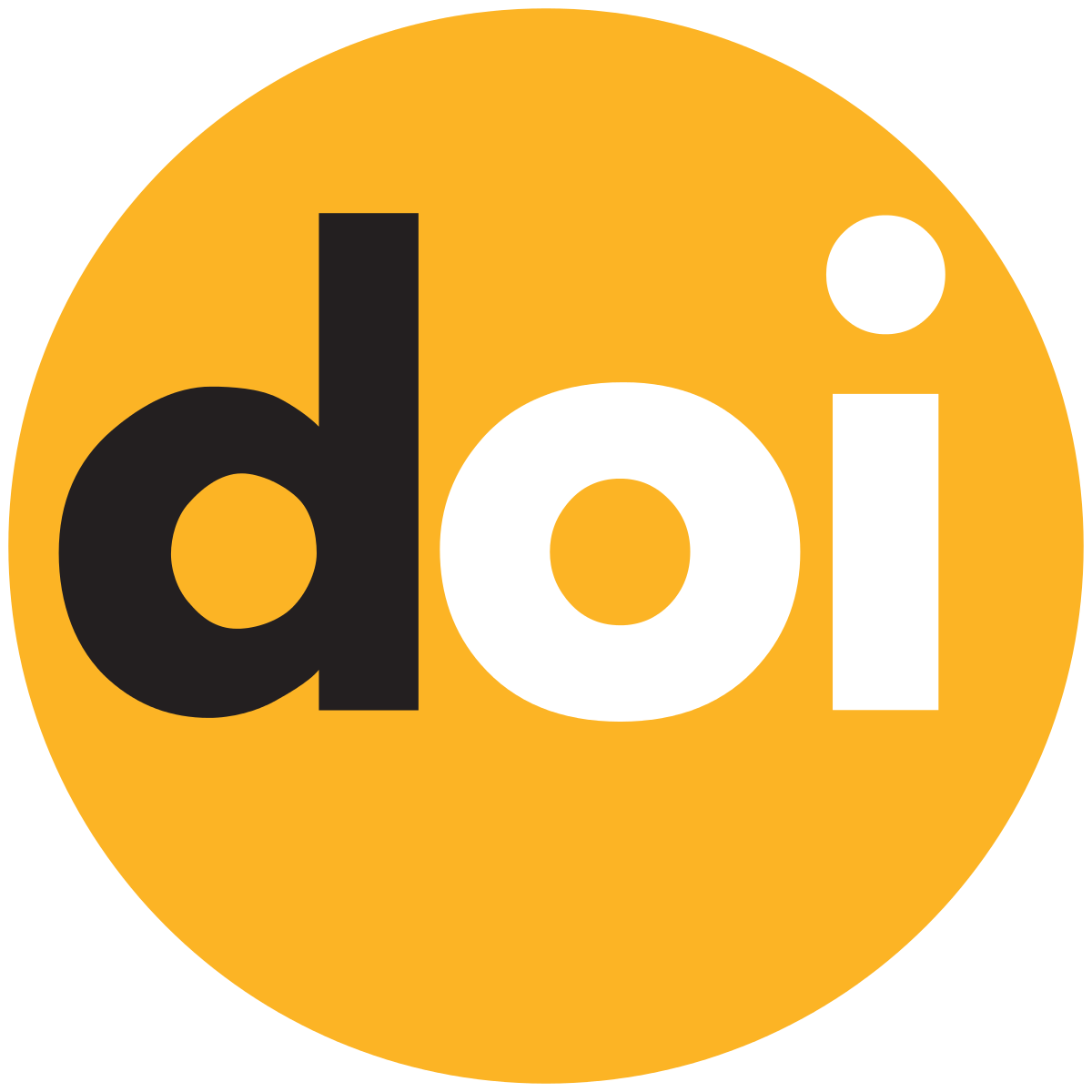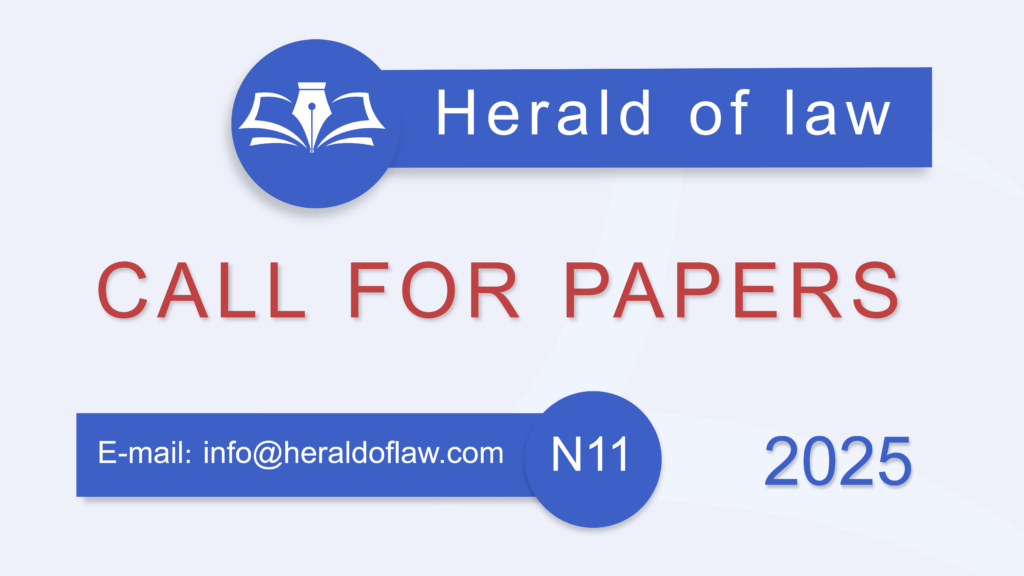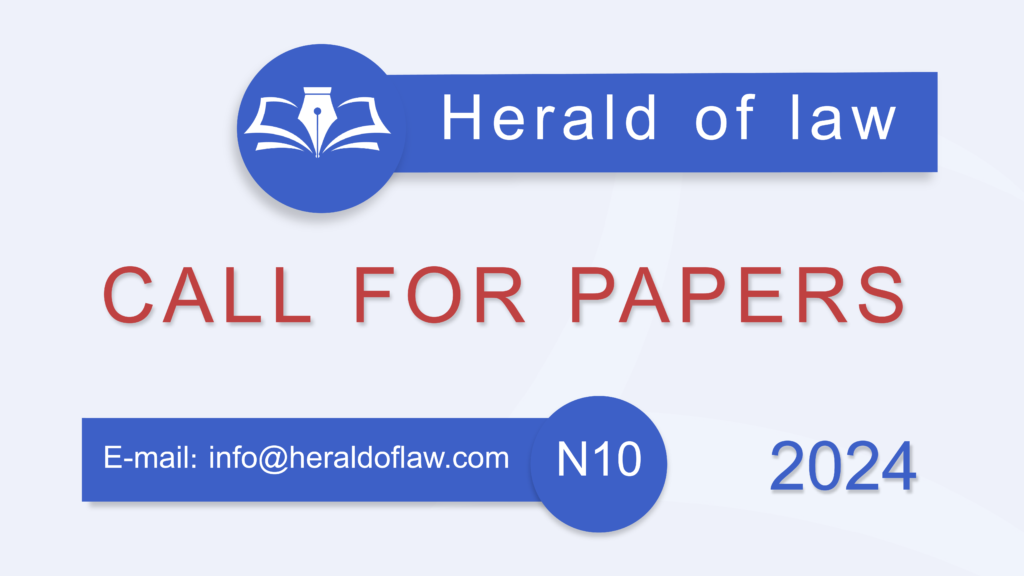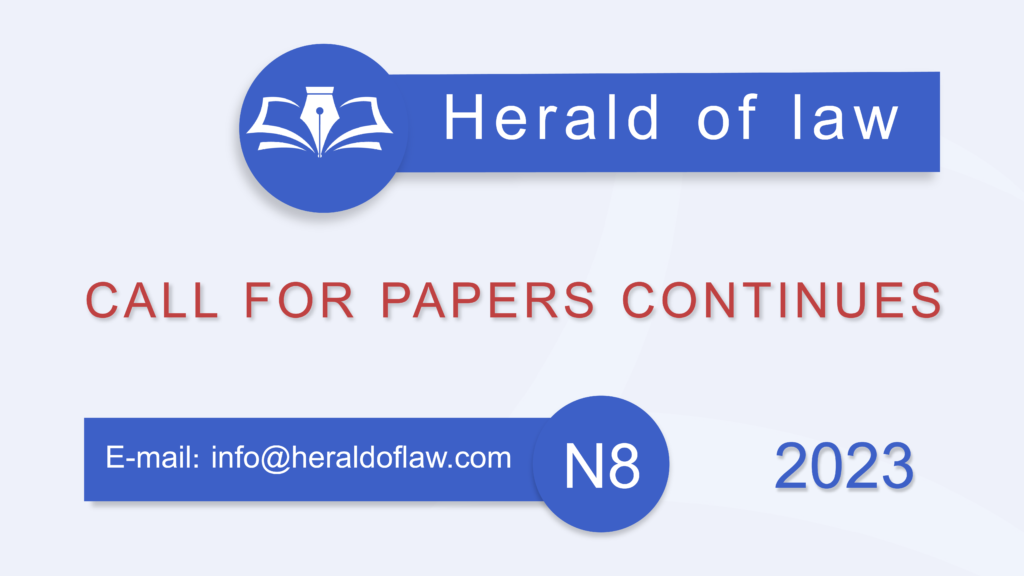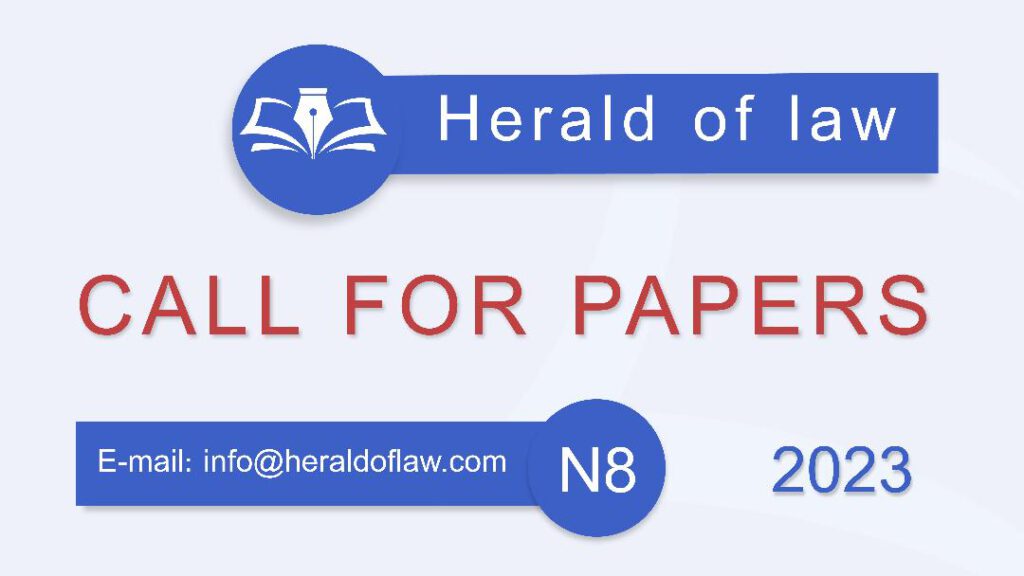Legal Aspects of EU Membership (Participation) in International Organizations
Abstract:
Interaction and cooperation with international organizations (IOs) is an important component of the European Union’s foreign policy. Through such interaction, it consistently and consciously promotes the introduction of its own norms and standards in international space, thereby trying to make this field more uniform and most favorable for itself. Its activity in the international arena including, signing of international agreements and participation (membership) in IOs is determined by the wide range of internal powers transferred by member states to the EU at the supranational level.
The EU’s participation in IOs and the legal execution of such participation are conditioned by the specifics of the EU as a consolidated international actor, the powers of the EU institutions and the phenomenon of the parallel representation when both the EU itself and its member states are full members of the IOs. Exactly these matters are the subject of research in this article. Besides, the article presents the typology of EU relations with IOs, where the main criterion is the status of the EU in international organizations, which varies from full membership with the right to vote to the absence of any formal status. Accordingly, the article analyzes the case law of the Court of Justice of the European Union (in the context of the EU’s international personality) including recent judgements, as well as international agreements and works of the EU-law researchers.
As a result of analysis of EU relations with various international organizations, it becomes possible to identify the main (general) character of such interaction; the more power resources and institutional capacity are concentrated at EU level in a particular area, the more likely it is to have more authority in an international organization of the same profile. Naturally, this increases the degree of institutionalization of its interaction with such an organization.
Keywords:
Personality, Organizations, Interaction



